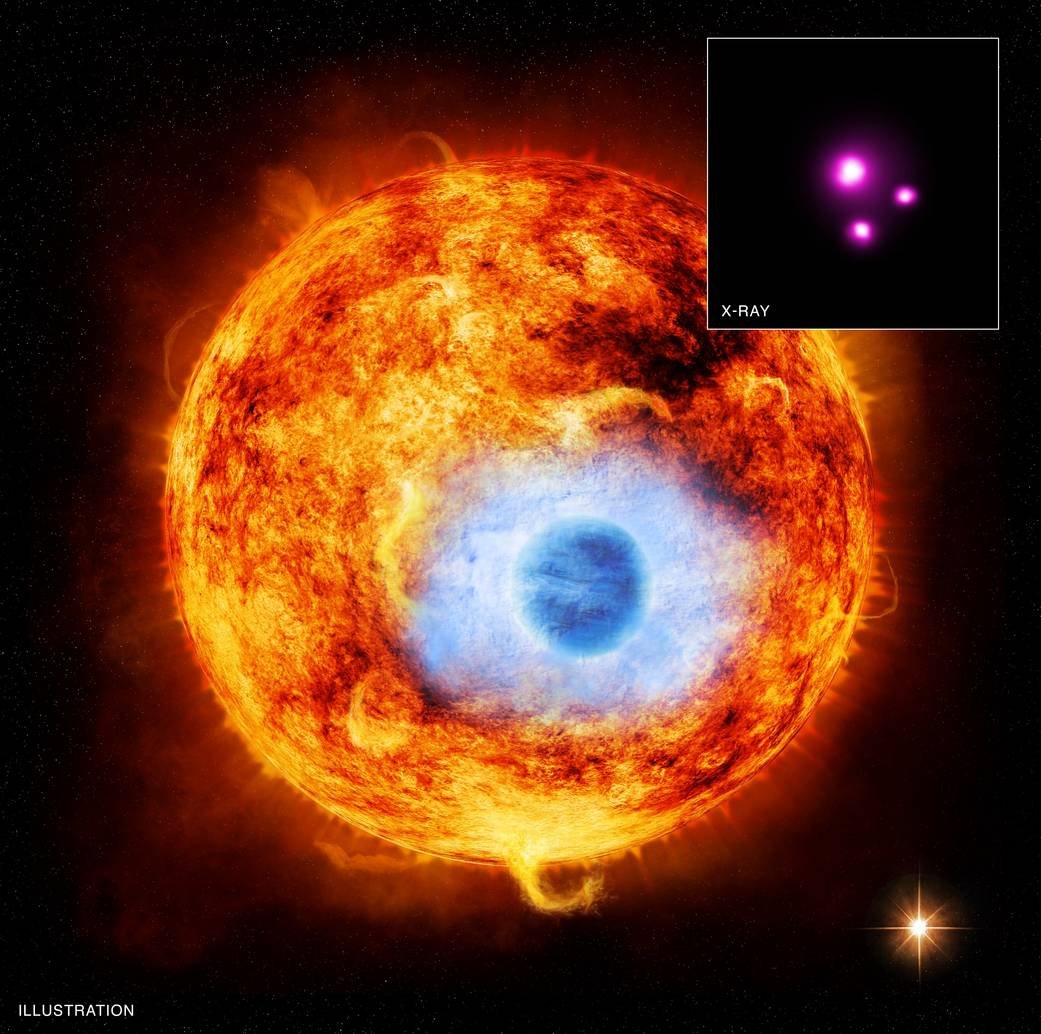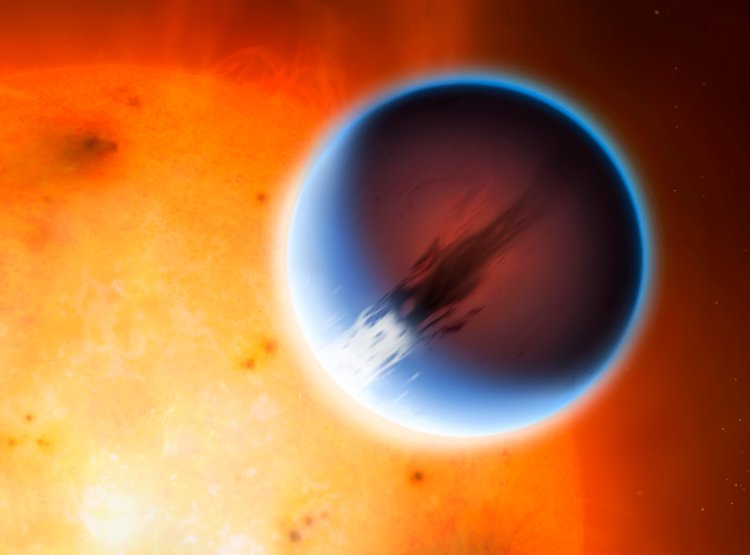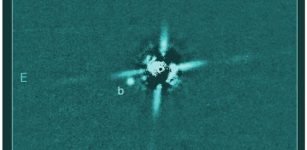Exoplanet HD 189733b Is Facing Wind Speed Of 5,400 Miles Per Hour
MessageToEagle.com – Exoplanets give incredibly interesting insights about the conditions and weather patterns in different planetary systems.
One such exoplanet is HD 189733b, which is among the most studied class of exoplanets called ‘Hot Jupiters’.
Astronomers from the University of Warwick have calculated that winds of over 2km per second have been discovered flowing around this planet, which means that wind speed on HD 189733b could be as high as 5,400 miles per hour!
That tremendous speed is almost 20 times the highest wind speed noticed on our planet.

This discovery is of great importance because as lead researcher Tom Louden, of the University of Warwick’s Astrophysics group, said:
“This is the first ever weather map from outside of our solar system. Whilst we have previously known of wind on exoplanets, we have never before been able to directly measure and map a weather system.”
HD 189733b is nearly 10 percent larger than Jupiter, the fifth planet from the Sun and is the largest planet in our solar system, but it is 180 times closer to its host star. Astronomers estimate that HD 189733b has temperature higher than 1800 degree C.
HD 189733b orbits its host star every 2.2 days.
“HD 189733b’s velocity was measured using high resolution spectroscopy of the Sodium absorption featured in its atmosphere. As parts of HD 189733b’s atmosphere move towards or away from the Earth the Doppler effect changes the wavelength of this feature, which allows the velocity to be measured,” Mr Louden explains said.

Explaining how this information was used to measure velocity Mr Louden says:
“The surface of the star is brighter at the centre than it is at the edge, so as the planet moves in front of the star the relative amount of light blocked by different parts of the atmosphere changes. For the first time we’ve used this information to measure the velocities on opposite sides of the planet independently, which gives us our velocity map.”
The researchers say that the techniques used could help the study of Earth-like planets. Co-researcher, Dr Peter Wheatley of the University of Warwick’s Astrophysics Group explains:
“We are tremendously excited to have found a way to map weather systems on distant planets. As we develop the technique further we will be able to study wind flows in increasing detail and make weather maps of smaller planets. Ultimately this technique will allow us to image the weather systems on Earth-like planets. “
The data was collected by HARPS, the High Accuracy Radial velocity Planet Searcher, in La Silla, Chile. The research is published by Astrophysical Journal Letters.
MessageToEagle.com
source:










